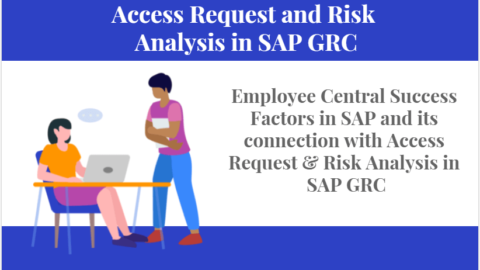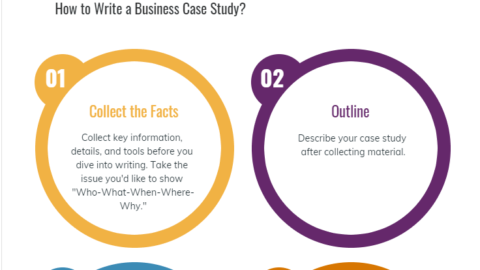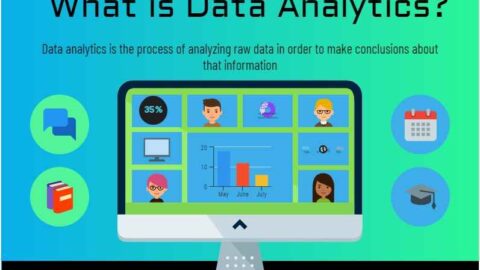Is There More Than One Type of Marketing Data?
We all know that digital traces we leave behind when browsing the internet can be used for tracking and identifying us. This data can include your location, the type of device you use, which advertisements you’ve clicked on, and so on. Data-driven marketing campaigns use the information collected about us – marketing data (individually or as a business) for market research. One of the most known type is third-party data. But there are more types of marketing data and usage of customer data.
Table of Contents
Using customer data analysis and marketing attribution strategies, companies can target us with products and services relevant to our previous purchases. Modern customers expect personal, relevant content marketing from businesses. If you want high customer engagement rates, the customer journey must be tailored to the individual from the first instance. You can expect to see any digital marketing communications that fall outside these parameters quickly deleted or simply ignored.

Knowing how to distinguish between first-, second-, and third-party data
The key to targeting the right audience and increasing brand awareness is understanding the different types of customer data available.
How do you define First-Party Data?
Internal data, collected directly from your existing customers, is first-party data.
A form of primary research, these types of marketing data include:
- observations made through your website(s) or app(s) about users’ activities and interests,
- your CRM data,
- subscriber data, and
- data from social networks.
Data analytics doesn’t always refer to online data.
Customer information can also be collected offline, such as through customer experience surveys, customer service, feedback and so on.
The quality of first-party data makes it highly desirable. Because it comes directly from your audience, you know it’s accurate and relevant.
Second-Party Data
Data acquired from a trusted partner is referred to as second-party data. Most of the time, you know the partner, so you know you can trust their data. It works the same way as first-party data, except it’s collected by a partner, not by you. This type of data can be purchased to enhance your first-party data. Despite the high quality of first-party data, if your audience size is small, you might struggle to scale your marketing strategy.
Adding similar personal data from a second source can make your campaigns more effective.
Third-Party Data
With third-party data, you buy B2B or consumer data from sources other than those who originally collected it. Instead, you are purchasing lists from data brokers (or aggregators), who get their information from various online sources.
Data owners and publishers usually pay to provide their first-party data to these aggregators. Data brokers then combine these data sets into one large set and sell them to third parties. The data is aggregated and categorized by the potential customer base’s industry, interests, and demographics. For B2B markets, these categories include line of business, job titles, geographical area, and company size.
After that, each category is divided into specific segments, and buyers can choose which segment (or segments) will benefit their marketing effort.
Third-party data can be purchased for several reasons.
- Firstly, it helps you to reach a much wider audience with your B2B marketing campaigns.
- Secondly, it can be combined with your first-party data to improve targeting, ensuring better marketing performance.
Before you purchase to support your campaigns, you need to understand what you’re buying and where it came from.
What are some ways a B2B marketer can use third-party data?
Adding third-party data can supplement existing files or create new segments for better audience targeting.
A brand or company can reach audiences beyond their usual ones using third-party data. By expanding their target audience, companies can, for instance, attract prospects from direct competitors or partners who purchase similar products or services.
The data you collect has the advantage of being precise and relevant, but it lacks scalability. Third-party data, however, excels at delivering scale.
The use of first-party data and third-party data allows your marketing team to identify your core audience and enhance that audience by
- reaching new customers and
- learning more about those who are interested in your products or advertisements.
The extra insight you get about your own first-party audience allows you to understand your target audience more deeply.
This, in turn, will benefit your direct marketing and content strategy.
The reach of third-party data can be vast, with large providers often having millions of records available. Moreover, it often includes many fields for the same contact as compiled and built from multiple sources.
3rd-party data providers: what to look for in a marketing data
The market is full of data aggregators. It is usually possible to purchase their data through a data service provider. What is the best way to ensure that the data is worth the cost?
Here are some things to consider when selecting a 3rd-party data provider.
GDPR compliance for marketing data
In both digital and traditional marketing, compliance with GDPR is crucial.
Consider checking the data provider’s website before you begin and the types of marketing data it uses. It should be easy to find information about GDPR and PECR compliance
Many companies have a section dedicated to data privacy. Consider contacting your data provider or changing providers if you cannot find it.
Assurance of data quality
High-quality data provides many benefits, including reaching real users and not wasting money on fake traffic. Furthermore, it means that the segment you’re buying contains the type of users that should be in it.
Areas covered by the data
There are several third-party audience data providers who provide their complete data range. Scale is important, but always keep in mind the range of segments you want. Marketers should make sure that businesses within their target market are available on the profiles provided by data providers.
Credibility
For an overview of the supplier’s credentials, ask peers for referrals or contact an existing customer.
Results
Consider requesting examples of results and case studies. Any good data supplier should have this information available on their website.
More Than Words Marketing can provide B2B data for your marketing campaigns
UK business database contains over three million business decision makers across more than 2,000 categories.
We can find the people who would benefit the most from what you are selling whether you want to promote them via email marketing, telephone marketing or postal marketing.
To find out more contact us on 0330 010 8300.

Adhar Dhaval is experienced portfolio, program and project leader with demonstrated leadership in all phases of sales and service delivery of diverse technology solutions. He is a speaker sharing advice and industry perspective on emerging best practices in project leadership, program management, leadership and strategy. He is working for the Chair Leadership Co.










